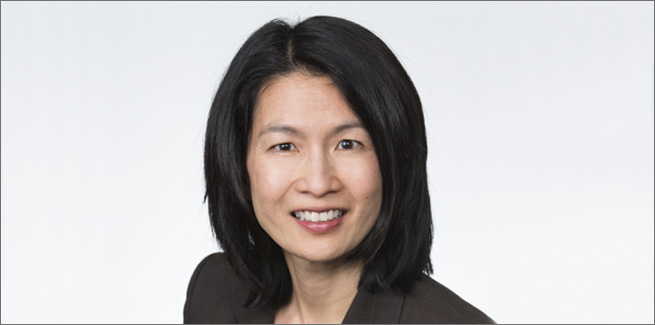Speaking at S&P Global’s annual Breakfast with the Economists series in Sydney, Su-Lin Ong, managing director and chief economist at RBC Capital Markets, noted the rise in expectations of a negative interest rate environment in Australia – an environment in which banks and financial institutions would pay the Reserve Bank of Australia (RBA) to hold excess cash reserves, prompting them to lend and invest.
“We’ve heard everyone from RBA governor [Philip Lowe] to deputy governor [Guy Debelle] talk about [a cash rate] somewhere around 0 per cent, 0.25 per cent and 0.5 per cent,” she said.
“It does beg the next question about what happens when we get to those types of levels. Do we adopt some similar unorthodox policy that we've seen around the globe? Do we go into that negative interest rate environment?
“While policymakers may be very reluctant to do so, financial markets are absolutely thinking about it, even here in Australia.”
Ms Ong said that while she believes Australia is a “long way off from that discussion”, foreign markets are expecting the RBA to implement the measure sooner than anticipated.
The economist stated that such expectations have emerged as a result of trends in the domestic economy, which resemble those experienced in foreign markets prior to their employment of the negative interest rates strategy.
“We get asked those questions all the time from our client base, particularly the offshore client base that will say, ‘We’ve seen this movie before; that is where you’re heading’, because there are a number of similar structural headwinds that Australia faces, and it’s only a matter of time before we’re in that zero/negative quantitative easing space,” Ms Ong added.
A negative interest rate strategy employed by the European Central Bank (ECB), has prompted some European lenders, including Danish lender Jyske Bank, to offer 10-year mortgages with a rate of -0.5 per cent, while fellow Danish lender Nordea Bank Abp has reportedly announced plans to offer 20-year mortgages with an interest rate of 0 per cent.
However, like Ms Ong, AMP Capital chief economist Shane Oliver does not expect Australian policymakers to take the same path trotted by foreign central banks anytime soon.
“[It] would make sense for the RBA to call a halt to cash rate cuts around 0.5 per cent or maybe 0.25 per cent,” Mr Oliver said.
“There would be little point in going to zero or negative as the banks will be unlikely to pass it on in lower mortgage rates as they won’t want to take deposit rates negative. So, negative interest rates will hopefully be avoided.”
In the medium term, both Ms Ong and Mr Oliver expect two additional cuts to the cash rate by the end of the year – following on from the RBA’s back-to-back cuts in June and July – taking it to 0.5 per cent.
[Related: ‘Unusual’ dynamic to keep mortgage growth at bay]
 ;
;
